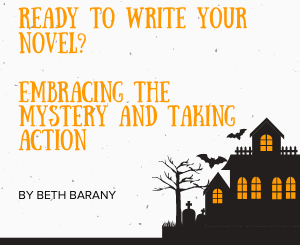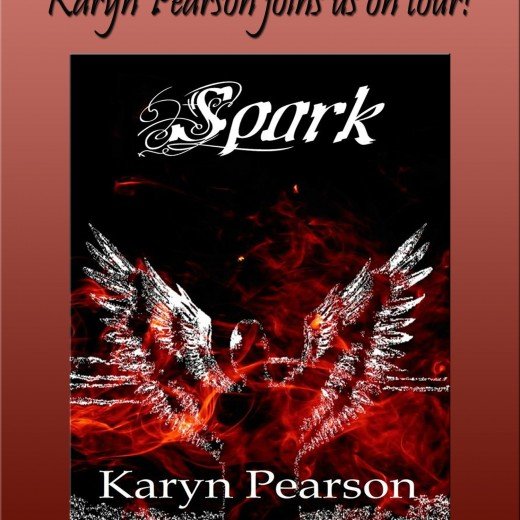The Objects of Desire: A Character Game by Wyatt Bessing
 Welcome back to another one of Writer’s Fun Zone’s monthly columnists: Wyatt Bessing. A writing coach and teacher, author, Wyatt Bessing shares his fun take on games, play, and how they help our writing. Enjoy this month’s post using a character game to uncover meaning in everyday objects.
Welcome back to another one of Writer’s Fun Zone’s monthly columnists: Wyatt Bessing. A writing coach and teacher, author, Wyatt Bessing shares his fun take on games, play, and how they help our writing. Enjoy this month’s post using a character game to uncover meaning in everyday objects.
***
The germ of this idea comes from an incredible novelist, my former mentor at CalArts, Peter Gadol, who suggested that everyday objects observed over time might become potent symbols of a character’s inner life. Imagine the power of objects: we covet them, store them, save them from generation to generation, and allow them to fill our living spaces with emotion and memory. Throughout the years, an object outside might weather, rust, break apart, become overgrown with weeds or other vegetations; or it might be treasured and kept up, repainted, repaired, or even used daily.
This exercise is about that power of objects, and that power of time. Perhaps the object changes as the characters remain the same; or perhaps the characters’ lives are overturned as the object lasts forever virtually unchanged, an artifact of a forgotten history, increasingly out of place.
Supplies: For this game, you’ll need a 6-sided die, pen and paper.
First, brainstorm a list of six everyday objects you might see outside.
I come up with the following:
Objects
1. a wheelbarrow
2. a large red stone
3. a pair of tennis shoes abandoned in the grass
4. a rose bush
5. a wisteria vine sprouting pods
6. a garden gnome
Second, roll that die. Write down the object and save it.
Rolling a 1, I write “wheelbarrow.”
Third, generate two more lists as you did the Objects. Let’s call these lists Emotions and Setting. These will represent the cycle of seasons and passing time, as well as various mental states in which your character might perceive this object.
My lists:
Emotions Setting
1. sadness 1. blazing sun
2. anger 2. cold rain
3. lust 3. still warmth
4. boredom 4. chilly, windy, crystal clear day
5. depression 5. snowfall
6. cheerful 6. crisp autumn morning
Finally, roll on these lists to create a scene for your novel or short story. Remember that you may want to roll and write several times, creating a cycle of time and observation for your character. The object will act as an anchor or a sounding board of sorts, reflecting both the passage of time and the evolution of your character’s thoughts.
After determining the emotion and setting of the scene, write for ten minutes without stopping, paying attention to all your senses, getting as deeply into that scene and symbol as you can. Start a timer and don’t edit or let yourself stop writing until the time has elapsed. The goal is to let the emotion and the thoughts flow freely, to find those hidden gems of thoughts buried in your subconscious. Don’t worry about the final product; you’re only going to select your favorite images or turns of phrase to use in your story.
I roll a 5… depression. Then I roll a 2… a cold rain.
Some sample imagery from my free writing:
How long had it been since she’d seen the wheelbarrow, now reddened by a stripe of rust arcing over its white shell like a flash of blood …she pondered the resilience of that paint, that heavy metal body that despite its surface cracks and discoloration stood sturdily… aging but never weakening despite the household collapsing as family members aged, grew, divorced, moved away and moved back in… Nick had overturned the barrow there and hung plants from its handles…tiny ovals of bronze and green succulents; the overturned turtle’s shell, now as bald as a shaved head, white and heavy as the sky.
In my writing discovery process, I have generated this image of a metal shell whose surface becomes scratched and marred but which holds its solidity despite the years passing. Might it be a symbol of the narrator’s strength of character, or her fragility?
There were many more words in this free-writing exercise, in the ten minutes I scribbled nonstop. But for the story I have in mind I will choose only a single image, the rusty red gash in the surface of the metal. She hadn’t noticed that before, and it felt more permanent now than the vanishing bloodline of her family. Perhaps this scene comes near the end of the novel; I will seed another image near the beginning as she notices the wheelbarrow for the first time, green and newly painted, a promise of all the effort she will exert in an attempt at building a beautiful, flourishing home.
***
From Beth Barany: What a fun and useful exercise, Wyatt! Thanks again for inspiring us with your writing game.
***
 Wyatt Bessing is a writer, writing coach, and learning specialist. His stories and essays have appeared in Bedtime-Story.com, Outsider Ink, national educational assessment materials, and in the anthology Dance, Human Rights, and Social Justice. Through his workshops, website, and blog at wyattgbessing.com, he guides new and experienced writers in crafting more effective, expressive, and striking work. During the day, he works at Star Academy in San Rafael, teaching reading and comprehension skills to students with learning differences in elementary through high school. He lives in Santa Rosa, CA with his wonderful fiance and co-creator, Sarah Laugtug.
Wyatt Bessing is a writer, writing coach, and learning specialist. His stories and essays have appeared in Bedtime-Story.com, Outsider Ink, national educational assessment materials, and in the anthology Dance, Human Rights, and Social Justice. Through his workshops, website, and blog at wyattgbessing.com, he guides new and experienced writers in crafting more effective, expressive, and striking work. During the day, he works at Star Academy in San Rafael, teaching reading and comprehension skills to students with learning differences in elementary through high school. He lives in Santa Rosa, CA with his wonderful fiance and co-creator, Sarah Laugtug.






